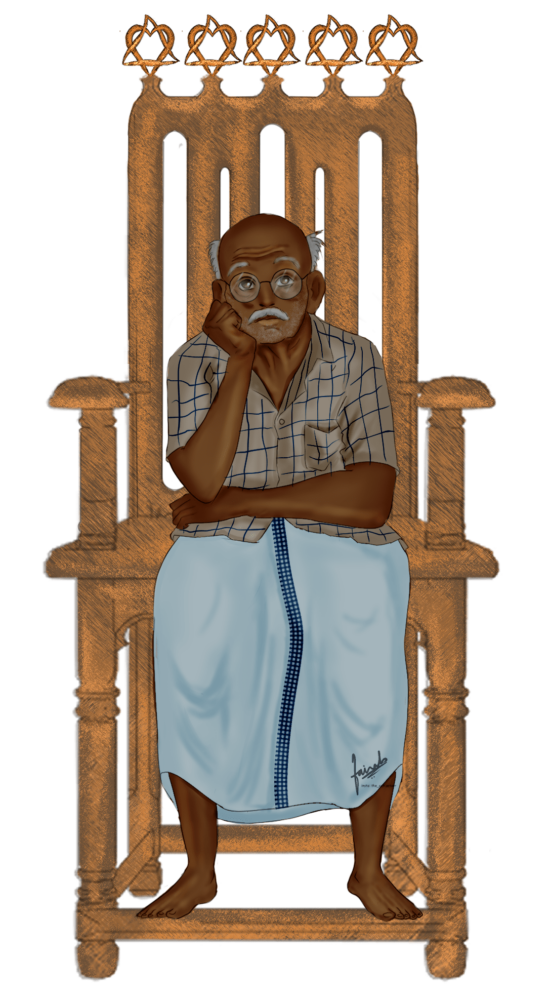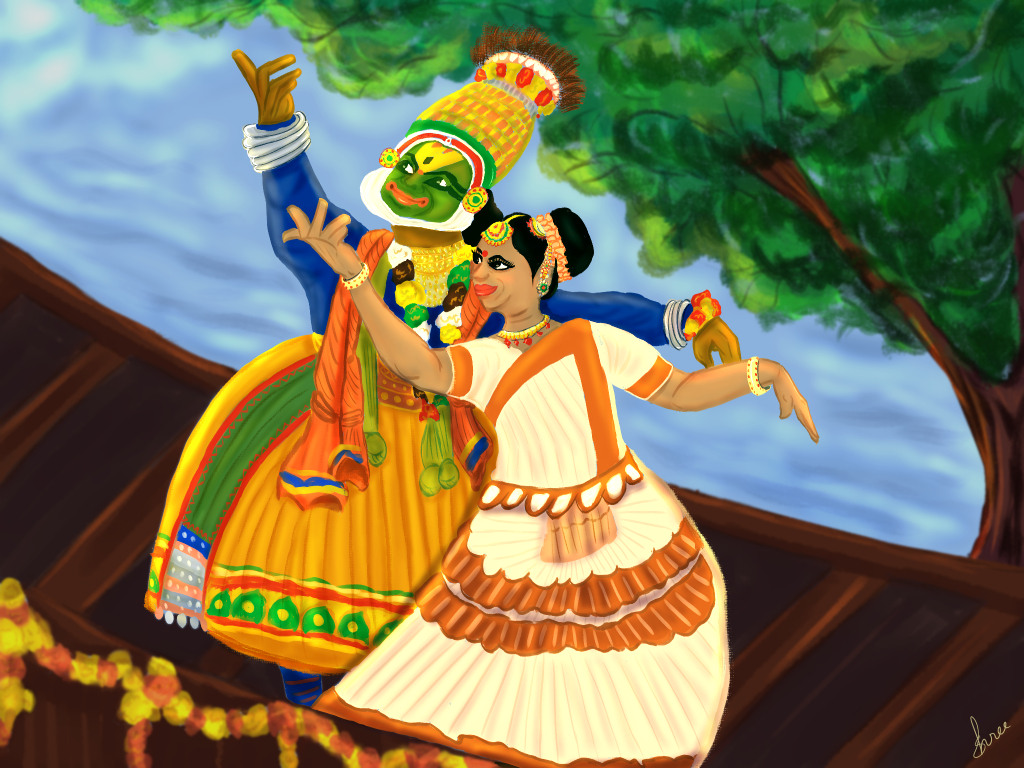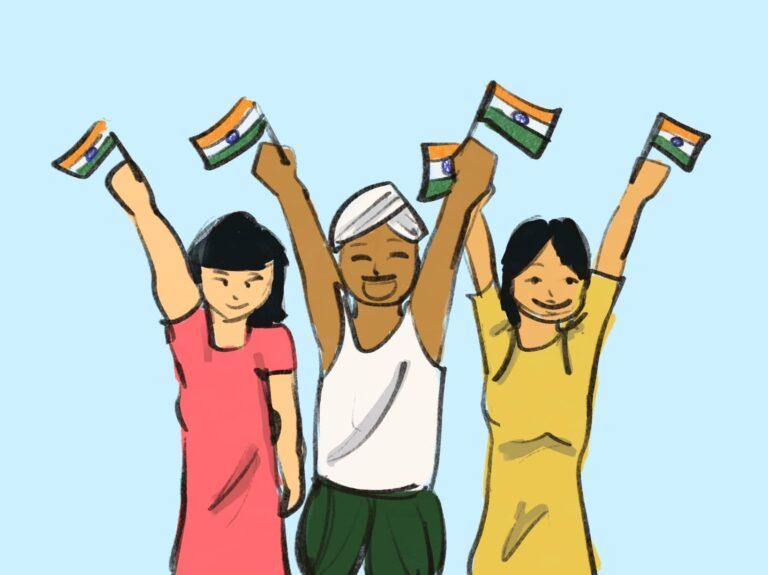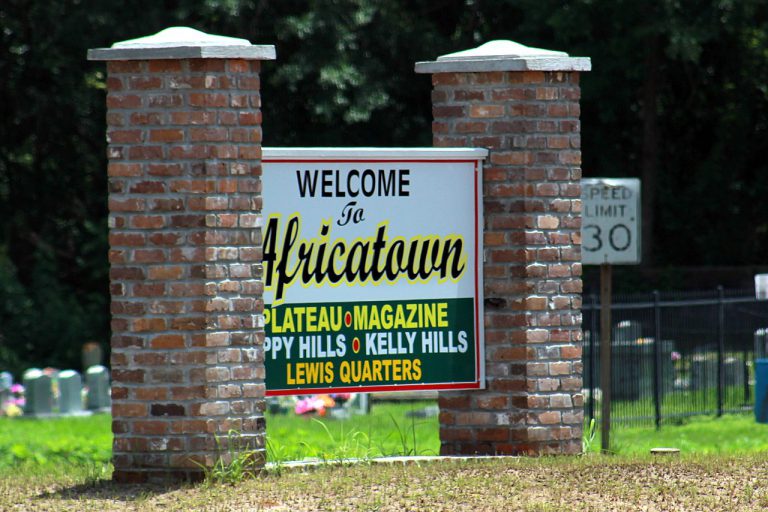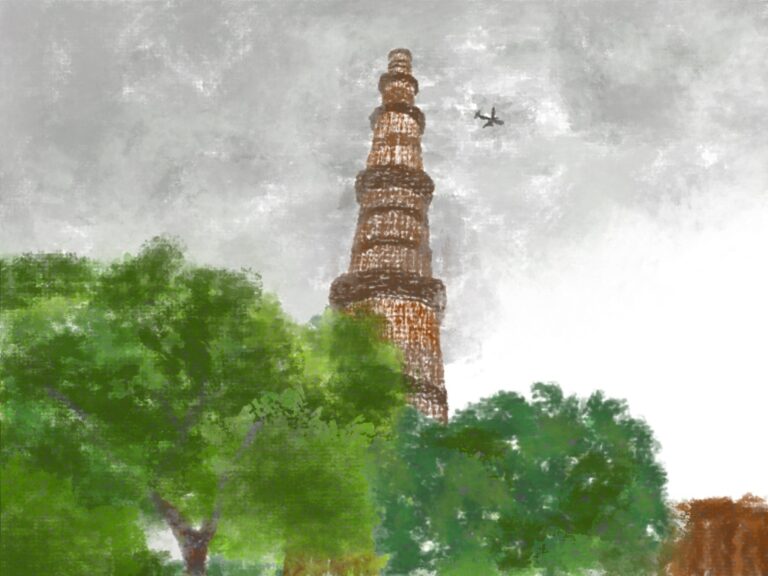Kerala Piravi 2025: The journey from Assertion to Renewal
Hey, I’m Mark. I am a student of International Relations, Public Policy, and Peace Studies. I enjoy researching the historical roots of current conflicts to gain a sequential and thorough understanding.
With the passing of the States Reorganisation Act (Government of India, 1956) on November 1, 1956, the story of linguistic India opened a new chapter with the birth of Kerala. Kerala was not simply the result of administrative transformation; Kerala was a transformation of identity through discussions about autonomy, economy, and belonging. Sixty-nine years later, as we commemorate yet another Kerala Piravi, we are not reflecting on nostalgia but asking ourselves: what does it mean to be “Kerala” in India today?
The Uneasy Beginning
Before 1956, Travancore, Cochin, and Malabar followed distinct paths of governance. The dream of Aikya Kerala a united Malayalam-speaking state was built on the conviction that shared language could yield shared justice (Government of India, 1955). Yet, as Ravikumar (2022) dramatizes in 565: The Dramatic Story of Unifying India, not all welcomed the idea of merging with the Indian Union.
Prior to 1956, Travancore, Cochin, and Malabar had unique governmental frameworks. The vision of Aikya Kerala – a Malayalam-speaking state – was rooted in the belief that a common language would bring about a common justice (Government of India, 1955). As Ravikumar (2022) expresses in “565: The Dramatic Story of Unifying India”, not everyone was in favor of merging into the Indian Union. In the section “Iron Fist in Velvet Glove,” a Travancore leader C.P. Ramaswami Iyer, is quoted saying:
“We have everything a nation needs — a strong economy, exportable products, a highly literate population, a long coastline with our own ports, an established trade link with the world. Joining India would mean surrendering our huge revenue from customs and import trade duties to Delhi. We will be reduced to a fifth-grade state.” (p. 19)
The words are indeed theatrical but they convey real archival fears: that unity could sap Travancore’s liberty and resources. Ironically, it would be the very strengths that generated that apprehension – literacy, commerce, and social organisation – that would eventually become the foundation of Kerala’s success in the Union.
The promise of 1956
The States Reorganisation Commission Report (Government of India, 1955) described the Malayalam-speaking region as “socially awakened and politically articulate.” When Travancore-Cochin merged with Malabar to form Kerala, the goal was not isolation but efficiency—instead of reforming a colonial system of governance, alignment with a literate, reform-minded public was sought.
One year later, E. M. S. Namboodiripad presided over the world’s first democratically elected communist government, and the radical land reform and educational reform altered social relations. The “iron fist” of reform was cloaked in the public regard’s “velvet glove,” a contradiction that became Kerala’s political acclaim.
A Model with Paradoxes
By the 1980s, scholars such as M. G. S. Narayanan (2005) described Kerala as “a paradox of progress” (p. 47): social equality advanced even as economic growth lagged. The UN Human Development Report 1996 later cited Kerala as proof that social investment could yield prosperity without industrial wealth (United Nations Development Programme [UNDP], 1996).
Those same successes now bring new dilemmas. Migration has aged the population, and the remittance economy that once supported households is now precarious due to global conditions (Kerala State Planning Board, 2024). Transport infrastructure has improved with the development of Kochi Metro, Vizhinjam Port, and Digital University Kerala; however, the labor market is still growing unevenly.
Remembering the Coastline and the World
The Travancore leader’s warning in 1565 regarding the “surrendering our coastline and trade revenues” gains a new lease on life. The Vizhinjam Transshipment Port is on track to create India’s first deep-water container hub, demonstrating a renewed sense of Kerala’s maritime ambition. The fear of forfeiting autonomy has evolved into a desire to regain worldwide relevance on new terms — through sustainable shipping, digital trade, and green innovation.In this way, Kerala is rekindling the sea confidence of its past, when spices, scriptures, and ideas flowed outward from Calicut and Cochin. The greatest of its exports was never just pepper or labour — it was knowledge, adaptability, and pluralism.
The Spirit of Renewal
In 1956, Kerala was united through rights, and the re-unification in 2025 must be through a renewed sense of responsibility. Floods, pandemics, and climate vulnerability have stressed the state’s renowned administrative capacity. When the backwaters rise, we must all also raise our civic sense of stewardship (Kerala State Planning Board, 2024).
Politically, Kerala remains India’s most dynamic democratic theatre — changing governments but keeping its ideological depth. During the forces to centre, Kerala’s commitment to cooperative federalism preserves the spirit of the Constitution.
Poet Sugathakumari tells us that “the land remembers who we are, even if we do not” (Pathirappookkal, Sugathakumari, 1988). The Aikya Kerala movement was never about power; it was about belonging – belonging to a culture that valued reason, reform, and empathy. If 1956 was the moment of assertion, then 2025 must be the moment of renewal: the application of literacy into knowledge; of welfare into sustainability; of unity into common purpose.
Towards the Next Kerala Piravi
Kerala Piravi expressed the potential for coexistence between identity and development. As it turns 69, its task is less about preserving nostalgia than reinvigorating it. The “iron fist” that once shaped land reform should now shape climate policy; the “velvet glove” that symbolised welfare should now foster entrepreneurship.
Perpetually, Kerala teaches India that modernity does not imply homogeneity, and the power of a federation comes from the confidence of its constituent states. On today’s Kerala Piravi, we take pride not only in what was created in 1956, but in what is being created every day: a state that is endlessly negotiating between memory and modernity.
References
- Government of India. (1955). Report of the States Reorganisation Commission, 1955. New Delhi: Manager of Publications.
- Government of India. (1956). The States Reorganisation Act, 1956 (No. 37 of 1956). New Delhi: Ministry of Law and Justice.
- Kerala State Planning Board. (2024). Economic Review 2024. Thiruvananthapuram: Government of Kerala.
- Namboodiripad, E. M. S. (1964). Kerala: Yesterday, Today and Tomorrow. Bombay: People’s Publishing House.
- Narayanan, M. G. S. (2005). Kerala and Its Identity. Kottayam: D. C. Books.
- Ravikumar, M. (2022). 565: The Dramatic Story of Unifying India. New Delhi: Hachette India.
- Sugathakumari. (1988). Pathirappookkal [Midnight Flowers]. Kottayam: Current Books.
- United Nations Development Programme. (1996). Human Development Report 1996. New York: Oxford University Press.

